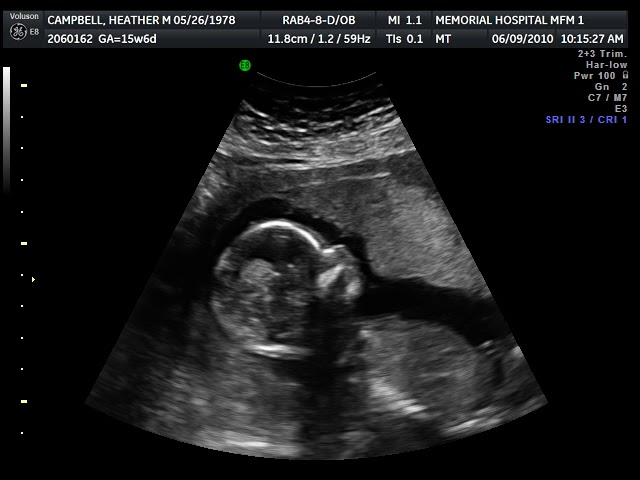
Pregnancy outcomes after antepartum diagnosis of oligohydramnios at or beyond 34 weeks’ gestation. Casey BM, McIntire DD, Bloom SL, Lucas MJ, Santos R, Twickler DM, et al. Normal amniotic fluid volume changes throughout pregnancy. The impact of amniotic fluid volume assessed intrapartum on perinatal outcome. Perinatal risks associated with borderline amniotic fluid index. Should assessment of amniotic fluid volume form an integral part of antenatal fetal surveillance of high risk pregnancy? Aust NZ J Obstet Gynaecol.

Anandakumar C, Biswas A, Arulkumaran S, Wong YC, Malarvishy G, Ratnam SS.

The results of the study were, in part, presented at the 31 st Annual Meeting of the Society for Maternal-Fetal Medicine, San Francisco, CA, February 7–12, 2011 and at the 21 st World Congress on Ultrasound in Obstetrics and Gynecology, Los Angeles, CA, September 18–22, 2011. The incidence of abnormal antepartum testing, stillbirth, preeclampsia, placental abruption, fetal intolerance to labor, emergency cesarean delivery, umbilical artery pH <7.0, Apgar scores <7 at 5 min, and neonatal death was not increased in patients with LN-AFI.Ĭonclusion: Low-normal AFI in the early third trimester increases the risk for subsequent delivery of an SGA infant and indicated PTB. The risk of “spontaneous” PTB (preterm labor and rupture of membranes) did not differ between the cohorts, whereas the risk of “indicated” PTB (maternal or fetal indications) was significantly increased in LN-AFI.

Results: Patients with LN-AFI (n=99) were more likely to have early (<34 weeks) and late (<37 weeks) preterm birth (PTB) (relative risk 4.2 and 2.4, respectively) and a small for gestational age (SGA) infant (relative risk 1.8) than MN-AFI (n=834), corresponding to a higher NICU admission rate (relative risk 2.5). Two cohorts with AFI 8.0–11.9 cm (low-normal, LN) and AFI 12.0–19.9 cm (mid-normal, MN) were compared. Methods: Retrospective cohort study with uncomplicated singleton pregnancies that had ultrasound studies between 28.0 and 31.9 weeks’ gestation. Aims: To test if an isolated finding of low-normal amniotic fluid index (AFI) in the early third trimester in low-risk patients is associated with adverse perinatal outcomes.


 0 kommentar(er)
0 kommentar(er)
